-
 Bitcoin
Bitcoin $118,841.1054
1.02% -
 Ethereum
Ethereum $3,364.2689
7.44% -
 XRP
XRP $3.0337
3.93% -
 Tether USDt
Tether USDt $1.0004
0.04% -
 BNB
BNB $708.2059
2.49% -
 Solana
Solana $173.2385
5.74% -
 USDC
USDC $0.9999
-0.01% -
 Dogecoin
Dogecoin $0.2121
6.85% -
 TRON
TRON $0.3090
2.81% -
 Cardano
Cardano $0.7628
2.25% -
 Hyperliquid
Hyperliquid $46.8391
-2.08% -
 Stellar
Stellar $0.4537
0.15% -
 Sui
Sui $3.9529
-2.88% -
 Chainlink
Chainlink $16.6414
3.72% -
 Hedera
Hedera $0.2354
1.52% -
 Bitcoin Cash
Bitcoin Cash $499.1285
0.43% -
 Avalanche
Avalanche $22.6400
0.57% -
 Shiba Inu
Shiba Inu $0.0...01438
4.88% -
 UNUS SED LEO
UNUS SED LEO $8.8507
-0.64% -
 Toncoin
Toncoin $3.1498
2.35% -
 Litecoin
Litecoin $97.4954
1.21% -
 Polkadot
Polkadot $4.1541
1.50% -
 Monero
Monero $331.4406
-1.03% -
 Pepe
Pepe $0.0...01350
5.24% -
 Uniswap
Uniswap $8.9103
-5.01% -
 Bitget Token
Bitget Token $4.7540
4.51% -
 Dai
Dai $0.9999
-0.02% -
 Ethena USDe
Ethena USDe $1.0008
0.00% -
 Aave
Aave $322.3328
-1.63% -
 Bittensor
Bittensor $431.8026
-0.50%
Is the Coinbase Wallet non-custodial?
The Coinbase Wallet is a non-custodial wallet that gives users full control over their private keys and funds, ensuring decentralization and self-sovereignty in managing crypto assets.
Jul 09, 2025 at 03:29 am
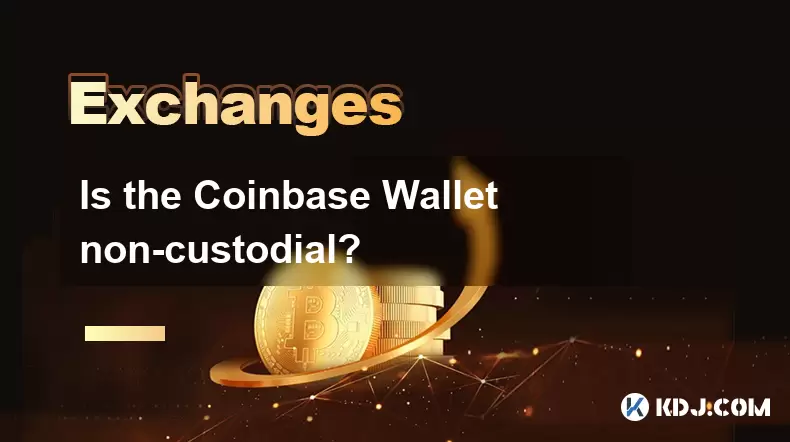
Understanding the Concept of Non-Custodial Wallets
In the cryptocurrency space, a non-custodial wallet refers to a type of digital wallet where the user maintains full control over their private keys. This means that no third party, including the wallet provider, has access to the funds stored within the wallet. Users are responsible for securing their own recovery phrases and private keys, which makes non-custodial wallets a popular choice among those who prioritize decentralization and self-sovereignty.
One of the key advantages of using a non-custodial wallet is that it eliminates reliance on a centralized entity to safeguard assets. Unlike custodial wallets, where the service provider holds the keys and can potentially freeze or restrict access, non-custodial solutions empower users with complete autonomy. This setup aligns closely with the core principles of blockchain technology—decentralization, transparency, and individual control.
Overview of Coinbase Wallet
The Coinbase Wallet is a mobile application developed by Coinbase, one of the largest cryptocurrency exchanges in the world. While many associate Coinbase with its custodial exchange services, the Coinbase Wallet operates differently. It is designed as a standalone wallet that allows users to store, send, receive, and interact with various cryptocurrencies and decentralized applications (dApps).
Unlike the main Coinbase exchange account, the Coinbase Wallet does not require users to link it to a Coinbase account. Instead, users create a new wallet directly within the app and are given a 12-word recovery phrase that grants access to their funds. This feature is a hallmark of non-custodial wallets, as it places the responsibility of securing the wallet entirely on the user.
Key Features That Make Coinbase Wallet Non-Custodial
User Control Over Private Keys: The most defining characteristic of a non-custodial wallet is that the user controls the private keys. In the case of the Coinbase Wallet, these keys are generated locally on the user's device and never leave it. This ensures that only the user can authorize transactions.
Recovery Phrase Ownership: When setting up the Coinbase Wallet, users are provided with a 12-word recovery phrase. This phrase acts as a backup mechanism and must be stored securely offline. If lost, there is no way to recover it through Coinbase, reinforcing the non-custodial nature of the wallet.
No Account Password Required: Unlike traditional custodial accounts where passwords are used to log in, the Coinbase Wallet doesn't rely on login credentials. Access depends solely on the recovery phrase, another trait commonly associated with non-custodial wallets.
Differences Between Coinbase Exchange and Coinbase Wallet
It’s crucial to distinguish between the Coinbase Exchange and the Coinbase Wallet, as they serve different purposes. The Coinbase Exchange is a custodial platform where users entrust their funds to Coinbase. In contrast, the Coinbase Wallet is a separate product that gives users full ownership of their private keys.
When you hold crypto on the Coinbase Exchange, you're essentially holding an IOU from Coinbase rather than direct ownership of the underlying asset. However, when you transfer funds to the Coinbase Wallet, you gain true possession of your crypto. This distinction is vital for anyone seeking to understand the non-custodial features offered by Coinbase.
Additionally, the Coinbase Wallet supports a wide range of tokens across multiple blockchains, including Ethereum-based ERC-20 tokens and other major networks. This versatility further enhances its appeal as a non-custodial wallet suitable for interacting with decentralized finance (DeFi) platforms and dApps.
How to Set Up a Coinbase Wallet Securely
Setting up the Coinbase Wallet involves several critical steps that emphasize its non-custodial design. Here’s how to do it correctly:
Download the App: Start by downloading the Coinbase Wallet from the official app stores for iOS or Android. Ensure you’re installing the correct app titled “Coinbase Wallet,” not the Coinbase exchange app.
Create a New Wallet: Upon opening the app, choose the option to create a new wallet. You’ll be prompted to set a strong password for local encryption, but remember, this is not the same as a recovery phrase.
Save Your Recovery Phrase: The app will generate a 12-word recovery phrase. Write it down carefully and store it somewhere secure. Never share it with anyone or store it digitally.
Verify the Phrase: To ensure accuracy, you'll be asked to re-enter the words in order. This step helps prevent mistakes that could lead to permanent loss of access.
Begin Using the Wallet: Once setup is complete, you can start receiving crypto by sharing your public address or exploring dApps integrated into the wallet interface.
Security Considerations for Coinbase Wallet Users
Using a non-custodial wallet like the Coinbase Wallet comes with significant responsibilities. Since there’s no central authority to appeal to if something goes wrong, users must take proactive steps to protect their assets.
Physical Security of Recovery Phrase: Storing the recovery phrase in a safe, offline location is essential. Avoid taking screenshots or saving it in cloud storage.
Device Security: Ensure your phone is protected with biometric authentication or a strong passcode. Malware or unauthorized access to your device could compromise your wallet.
Avoid Phishing Attempts: Always double-check links and messages claiming to be from Coinbase. Scammers often attempt to trick users into revealing their recovery phrases.
By following these practices, users can maintain the non-custodial benefits of the Coinbase Wallet while minimizing risks associated with self-custody.
Frequently Asked Questions
Q: Can I use Coinbase Wallet without having a Coinbase account?
Yes, the Coinbase Wallet functions independently of the Coinbase exchange. You don’t need a Coinbase account to use the wallet.
Q: What happens if I lose my Coinbase Wallet recovery phrase?
If you lose your recovery phrase and cannot access your wallet, you will permanently lose access to your funds. There is no recovery option through Coinbase.
Q: Does Coinbase have access to my funds in the Coinbase Wallet?
No, since the Coinbase Wallet is non-custodial, Coinbase does not have access to your private keys or funds.
Q: Can I connect Coinbase Wallet to third-party dApps?
Yes, the Coinbase Wallet supports integration with various decentralized applications. You can connect it via wallet linking options provided by the dApp.
Disclaimer:info@kdj.com
The information provided is not trading advice. kdj.com does not assume any responsibility for any investments made based on the information provided in this article. Cryptocurrencies are highly volatile and it is highly recommended that you invest with caution after thorough research!
If you believe that the content used on this website infringes your copyright, please contact us immediately (info@kdj.com) and we will delete it promptly.
- Dogecoin Cash, Inc.: Preparing for a Blockchain Revolution? A Deep Dive into the Latest Report
- 2025-07-17 16:30:12
- Payment Token Face-Off: XLM & Remittix Challenge XRP's Reign
- 2025-07-17 17:10:12
- Meme Coins, Dogecoin, and the Bull Run: What's Hot and What's Not
- 2025-07-17 18:10:12
- Bitcoin Blasts Past $123K: Bithumb Listings and Altcoin Mania!
- 2025-07-17 16:30:12
- Bitcoin Trading Volume in Q2 2025: A New York Minute
- 2025-07-17 14:30:12
- Bitcoin, SpacePay, and Your Cappuccino: The Future of Crypto Payments is Here!
- 2025-07-17 14:30:12
Related knowledge
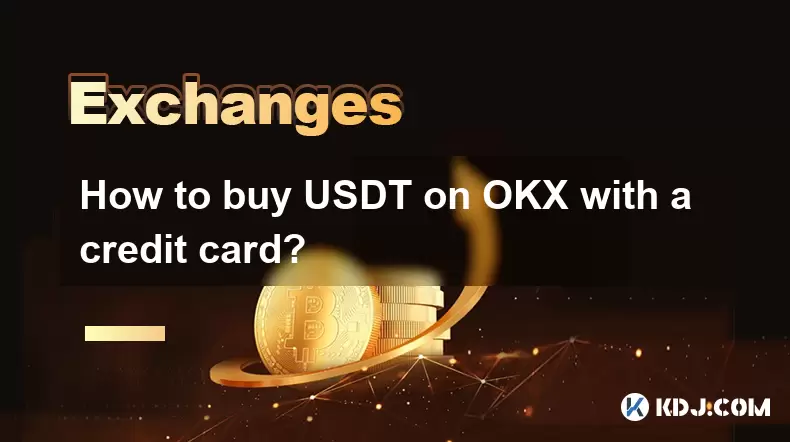
How to buy USDT on OKX with a credit card?
Jul 10,2025 at 01:14pm
What is USDT and why buy it on OKX?USDT (Tether) is one of the most widely used stablecoins in the cryptocurrency market. It is pegged to the value of...
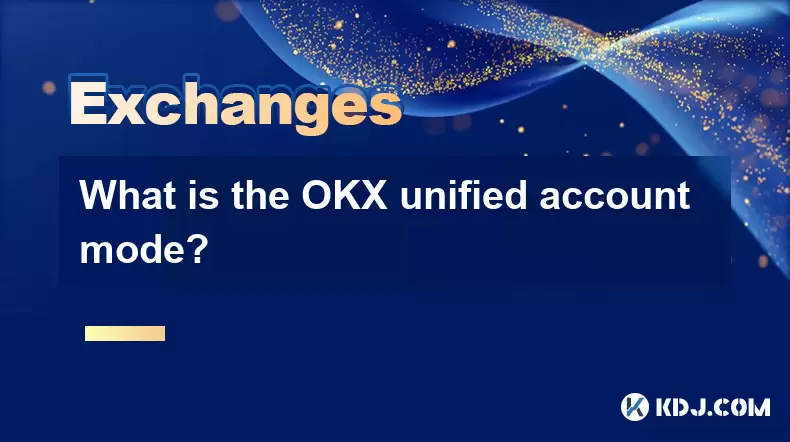
What is the OKX unified account mode?
Jul 09,2025 at 01:07pm
Understanding the OKX Unified Account ModeThe OKX unified account mode is a feature introduced by OKX, one of the leading cryptocurrency exchanges glo...
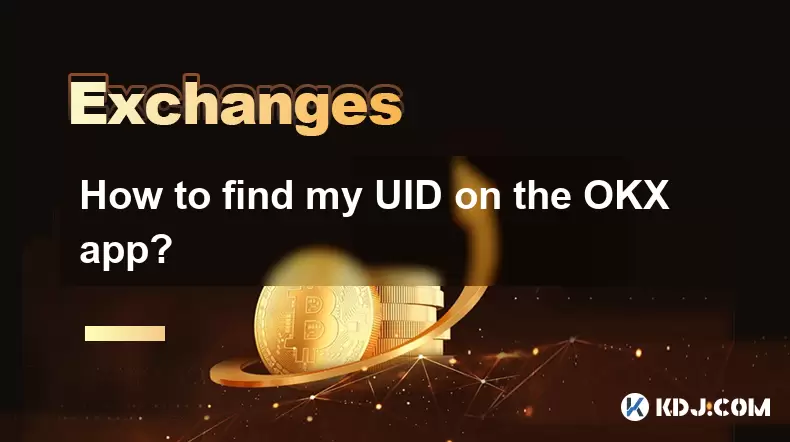
How to find my UID on the OKX app?
Jul 14,2025 at 08:56pm
Understanding What a UID Is on OKXIn the context of cryptocurrency platforms, a UID (User Identification Number) is a unique identifier assigned to ea...
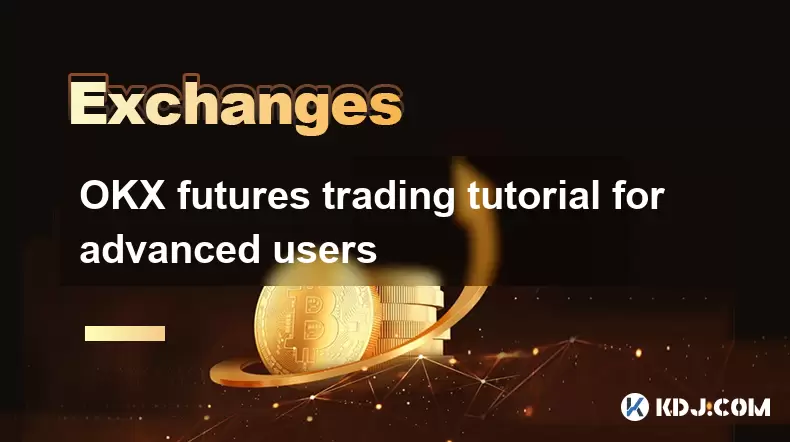
OKX futures trading tutorial for advanced users
Jul 09,2025 at 07:29am
Understanding OKX Futures Trading InterfaceBefore diving into advanced strategies, it's crucial to have a deep understanding of the OKX futures tradin...
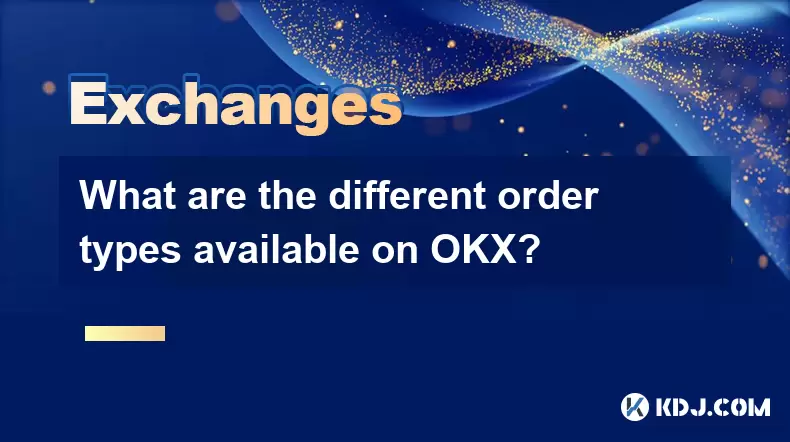
What are the different order types available on OKX?
Jul 08,2025 at 10:15pm
Understanding Order Types on OKXOKX is one of the leading cryptocurrency exchanges globally, offering a wide array of trading tools and order types to...
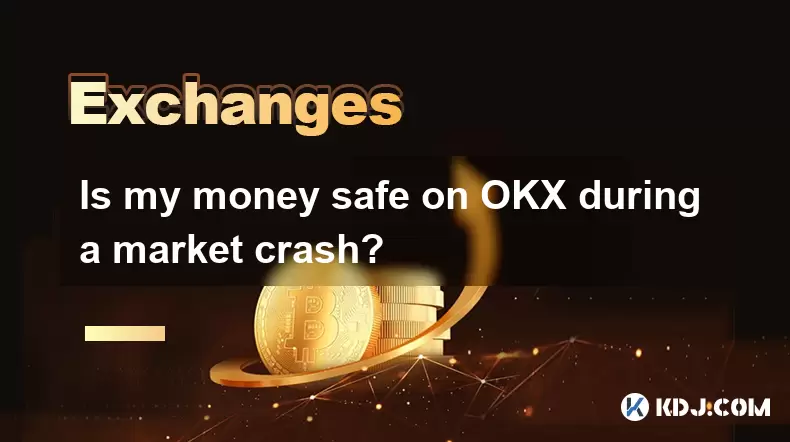
Is my money safe on OKX during a market crash?
Jul 09,2025 at 01:43pm
Understanding Market Crashes and Cryptocurrency ExchangesDuring a market crash, cryptocurrency prices plummet rapidly, often causing panic among trade...

How to buy USDT on OKX with a credit card?
Jul 10,2025 at 01:14pm
What is USDT and why buy it on OKX?USDT (Tether) is one of the most widely used stablecoins in the cryptocurrency market. It is pegged to the value of...

What is the OKX unified account mode?
Jul 09,2025 at 01:07pm
Understanding the OKX Unified Account ModeThe OKX unified account mode is a feature introduced by OKX, one of the leading cryptocurrency exchanges glo...

How to find my UID on the OKX app?
Jul 14,2025 at 08:56pm
Understanding What a UID Is on OKXIn the context of cryptocurrency platforms, a UID (User Identification Number) is a unique identifier assigned to ea...

OKX futures trading tutorial for advanced users
Jul 09,2025 at 07:29am
Understanding OKX Futures Trading InterfaceBefore diving into advanced strategies, it's crucial to have a deep understanding of the OKX futures tradin...

What are the different order types available on OKX?
Jul 08,2025 at 10:15pm
Understanding Order Types on OKXOKX is one of the leading cryptocurrency exchanges globally, offering a wide array of trading tools and order types to...

Is my money safe on OKX during a market crash?
Jul 09,2025 at 01:43pm
Understanding Market Crashes and Cryptocurrency ExchangesDuring a market crash, cryptocurrency prices plummet rapidly, often causing panic among trade...
See all articles

























































































